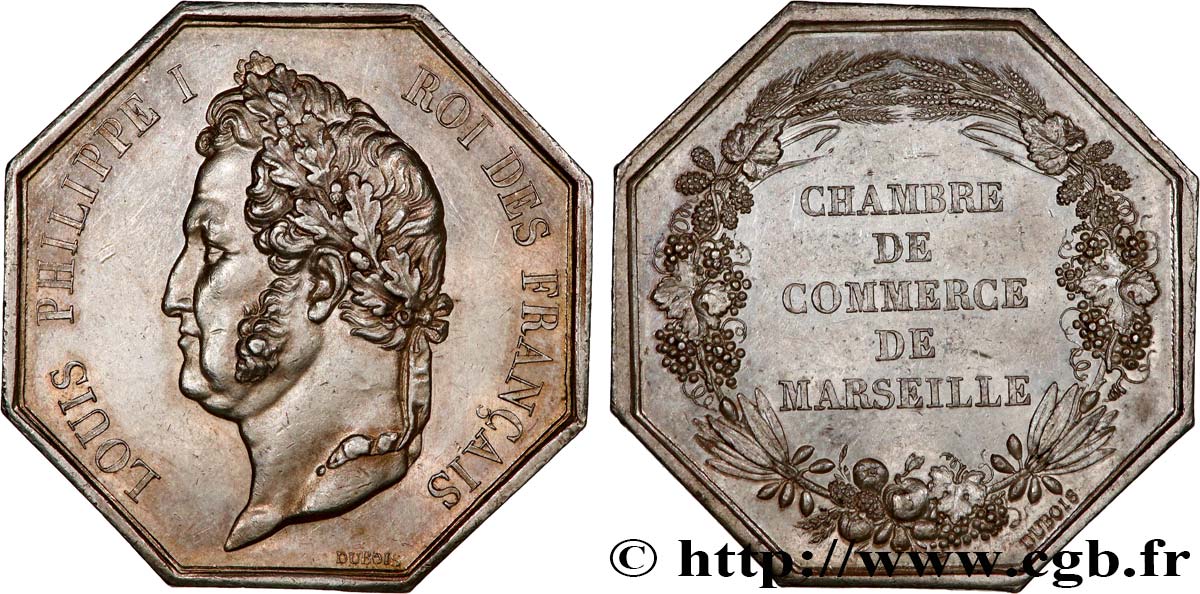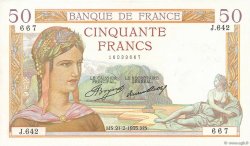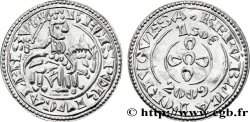上一页 1/1
fjt_726946 - PROVENCE - JETONS ET MÉDAILLES DU XIXe S. Chambre de commerce de Marseille n.d.
90.00 €约 756.00 CNY
数量
加入购物车

种类 Chambre de commerce de Marseille
日期: (1832-1841)
日期: n.d.
材质 silver
直径 34,5 mm
模子方针 12 h.
重量 16,68 g.
侧面 lisse
印模 Ancre ARGENT (1841 - 1842)
关于品相的说明
Exemplaire présentant d’anciennes traces de nettoyage
正面
正面的文字 LOUIS PHILIPPE I - ROI DES FRANÇAIS.
正面的说明书 Tête à gauche de Louis-Philippe Ier, une couronne de chêne dans les cheveux ; au-dessous signature DUBOIS.
背面
背面的说明书 Couronne composite, inscription au centre en cinq lignes : CHAMBRE/ DE/ COMMERCE/ DE/ MARSEILLE ; signature DUBOIS.
评论
La première chambre de commerce fut celle de Marseille créée à la fin du XVIe siècle. Pour Paris, les six corps des marchands et les juges-consuls avaient un rôle similaire à celui d'une chambre de commerce : une association de commerçants réunis pour délibérer sur les intérêts de leur ville ou de leur région et donner leur avis au gouvernement. Colbert les légalise en 1664 en instaurant que chaque place de commerce choisira deux d'entre eux pour les représenter. L'institution ne fut toutefois établie réellement que par l'arrêt du Conseil du 30 août 1701 et de nombreuses chambres de commerce apparaissent au XVIIIe siècle à Lyon, Rouen, Toulouse, Montpellier, Bordeaux, etc.. La plus importante d'entre elles est Marseille qui avait des attributions dans tout le commerce du Levant et était du département des Affaires étrangères, les autres relevaient du Contrôle général des Finances. Supprimées par la Constituante en 1791, les chambres de commerce sont rétablies sous le Consulat. Depuis 1832, leur recrutement se fait par élections, elles sont devenues chambres de commerce et d'industrie depuis 1898, regroupées en 21 chambres régionales.
The first chamber of commerce was that of Marseille, created at the end of the 16th century. For Paris, the six merchant corps and the consul judges had a role similar to that of a chamber of commerce: an association of merchants gathered to deliberate on the interests of their city or region and give their opinion to the government. Colbert legalized them in 1664 by establishing that each trading place would choose two of their number to represent them. However, the institution was not truly established until the Council decree of August 30, 1701, and numerous chambers of commerce appeared in the 18th century in Lyon, Rouen, Toulouse, Montpellier, Bordeaux, etc. The most important of these was Marseille, which had responsibilities in all trade in the Levant and was part of the Department of Foreign Affairs; the others came under the General Control of Finance. Suppressed by the Constituent Assembly in 1791, the chambers of commerce were reestablished under the Consulate. Since 1832, their recruitment has been done by elections, they have become chambers of commerce and industry since 1898, grouped into 21 regional chambers
The first chamber of commerce was that of Marseille, created at the end of the 16th century. For Paris, the six merchant corps and the consul judges had a role similar to that of a chamber of commerce: an association of merchants gathered to deliberate on the interests of their city or region and give their opinion to the government. Colbert legalized them in 1664 by establishing that each trading place would choose two of their number to represent them. However, the institution was not truly established until the Council decree of August 30, 1701, and numerous chambers of commerce appeared in the 18th century in Lyon, Rouen, Toulouse, Montpellier, Bordeaux, etc. The most important of these was Marseille, which had responsibilities in all trade in the Levant and was part of the Department of Foreign Affairs; the others came under the General Control of Finance. Suppressed by the Constituent Assembly in 1791, the chambers of commerce were reestablished under the Consulate. Since 1832, their recruitment has been done by elections, they have become chambers of commerce and industry since 1898, grouped into 21 regional chambers








 对产品描述纠错
对产品描述纠错 打印
打印 分享我的选择
分享我的选择 提问
提问 Consign / sell
Consign / sell
 产品介绍
产品介绍













